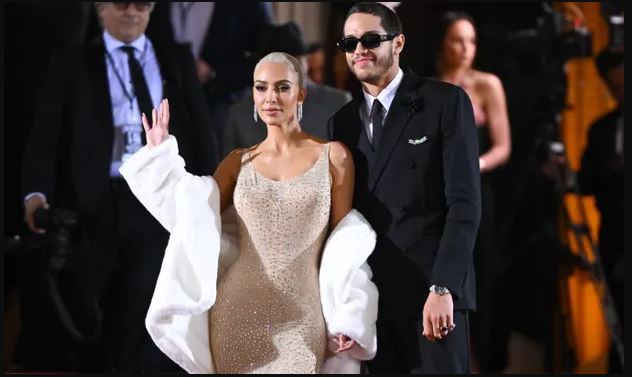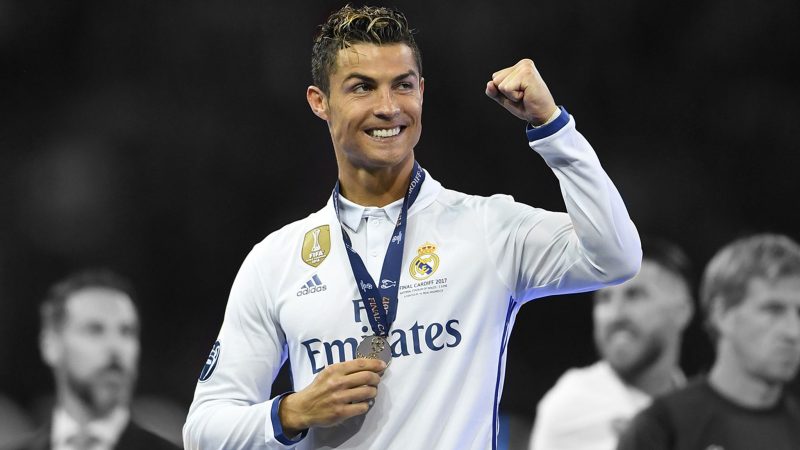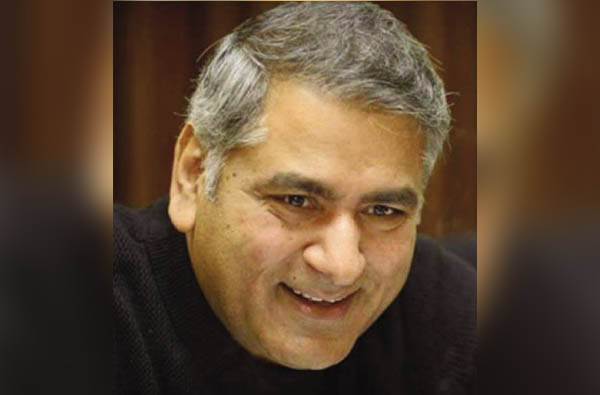The Met Gala demonstrates

The Met Gala demonstrates that we are still living in a luxurious period by saying nothing as the globe burns.
The theme for this year’s Met Gala, Gilded Glamour and White Tie, was dubbed “out of touch” by critics amid a worldwide economic slowdown and growing inflation in the United States.
Even while elites on the Upper East Side continued to hold “patriarch balls” in order to construct “a circle of elite New Yorkers at the pinnacle of the city’s social hierarchy,” as Sven Beckert noted in his 2003 book The Monied Metropolis, poverty was rampant in late-19th century New York.
The term “Gilded Age” was invented by Mark Twain in his 1873 book The Gilded Age: A Tale of Today. Twain’s story was a parody of the greed and corruption that characterised a time when some Americans achieved the American dream of becoming extremely wealthy very rapidly, while others struggled to make ends meet. The term alludes to the thin gilding that, according to Twain, made the age appear more golden than it actually was.
The Met Gala theme offered visitors the option to mimic Twain’s remark or modernise it, but the opportunity was almost always passed up. Riz Ahmed was the only guest who made a point of acknowledging the Gilded Age’s economic inequities, telling the press that his costume was “a love message to those blue-collar people, those immigrant workers” who kept the country running at the time.
Kim Kardashian offered an appropriate homage by donning the outfit Marilyn Monroe wore when she sung “happy birthday, Mr President” to John F Kennedy Jr, which sold for $4.8 million at auction in 2016. It’s such a pricey gown that none of the previous owners were able to wear it, and even Kardashian had to take it off once she reached the top of the steps and change into a copy, although not gilded, version.
But that was pretty much it. There were a few more allusions to inequity, most of which came from politicians. Hillary Clinton wore a Joseph Altuzarra gown with the names of 60 notable women stitched invisibly into the fabric, including Harriet Tubman and Rosa Parks, for the first time in two decades at the Met Gala. In comparison to Congresswoman Carolyn B Maloney’s dramatic “equal rights for women” outfit in 2021, this is a more restrained design.
Meanwhile, Eric Adams, the mayor of New York, was dressed in a black tuxedo made by Brooklyn-based artist Laolu Senbanjo and embroidered with the phrase “stop gun violence.” Given the mayor’s emphasis on expanding enforcement in the city, the outfit drew much criticism online. According to the NYPD, there were 115 gunshots recorded in March 2022, compared to 99 shootings reported in March 2021.
The biggest monument to the era, however, seems to be a deafening silence from those at the top of New York society as living costs continue to rise and hard-won human rights are eroded.
As celebrities waited in line to be photographed, a leaked Supreme Court judgement projected that Roe v Wade would be reversed in weeks, with the justices who overturned the historic abortion verdict more successful than anybody dressed in fine couture in returning America to a bygone period.
Because phones were prohibited at the event, participants may not have heard about the Supreme Court’s decision, but it was even more unexpected that Florida’s “don’t speak gay” bill and the general rollback of trans rights in states around the country got no reaction. In 2018, Lena Waithe donned a rainbow cloak by Carolina Herrera to show her support for LGBTQ+ rights. Last year, Dan Levy of Schitt’s Creek wore a Loewe costume with a depiction of two guys kissing as a statement for queer love by artist and Aids campaigner David Wojnarowicz, while footballer Megan Rapinoe held a sign that said “In Gay We Trust.” The subject was ostensibly avoided this year.
Critics disagree on whether the Met Gala is the appropriate venue for such political comments. The “Tax the Rich” outfit worn by Alexandria Ocasio-Cortez prompted a controversy about whether her socialist message was contradicted by her appearance on the red carpet of a lavish and affluent event. “We can’t just play along,” AOC told Vogue, “but we need to breach the fourth wall and confront some of the institutions.”
Most guests, however, picked neither option this year, avoiding either a complete embrace of the subject or an interesting inversion of it. They appeared in expensive gowns that were both stunning and unremarkable.
“I think the strength of fashion is that it can represent the zeitgeist,” the Met’s head of costume has declared. So, what did last night’s Gala say about the era in which we live? Ironically, the visitors conveyed the impression that we are still living in a luxurious period by saying nothing as the globe burns around them.






